The high Arctic can be a forbidding place, but just over 100 years ago, a tiny island in the Beaufort Sea was a busy place. There was a large Inuit (Inuvialuit) presence, and added to that were regular visits by American whalers who often overwintered in their ships and in a few buildings built on Herschel Island.
The island had been “discovered” by Sir John Franklin on an Arctic voyage in 1826 and named for his friend Sir John Herschel, from a family of prominent scientists.
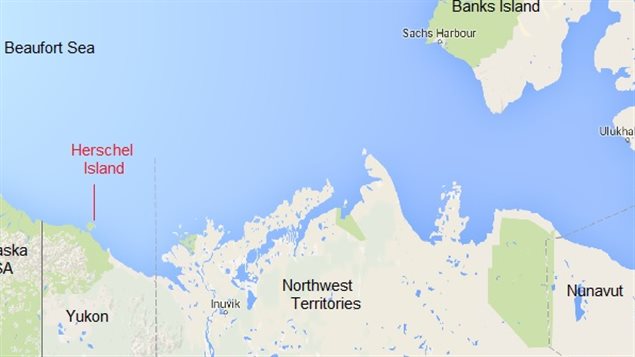
At the time there were three Inuvialuit communities on the island, but it would soon be the site of a much greater presence of Americans.
As whaling depleted stocks further south, American whalers in the late 1800’s discovered much sought after bowhead whales in the Beaufort Sea. Because of the short ice free season, they would often overwinter at Pauline Cove on Herschel, even adding a few buildings. At times there were as many as 1,500 whalers on the Island, making it the largest Yukon community at the time…but not Canadian.
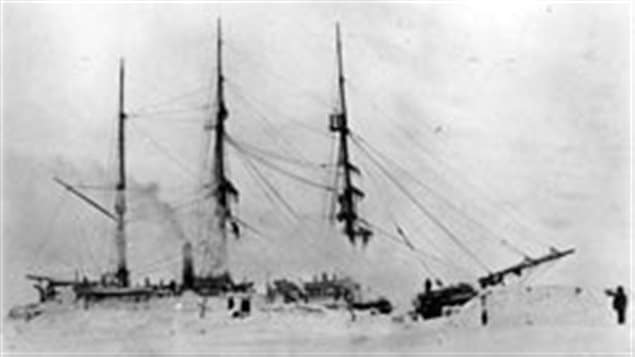
In October 1903 Canada had just lost a long-standing and at times bitter dispute with the Americans over the British Columbia coast and Alaska panhandle and part of the argument was that Canada had failed to demonstrate sovereignty in the region.
Since the mid 1890’s, missionaries had been sending word to the Canadian government that the American whalers were trading whiskey to the Inuit for furs, walrus ivory, and young women.
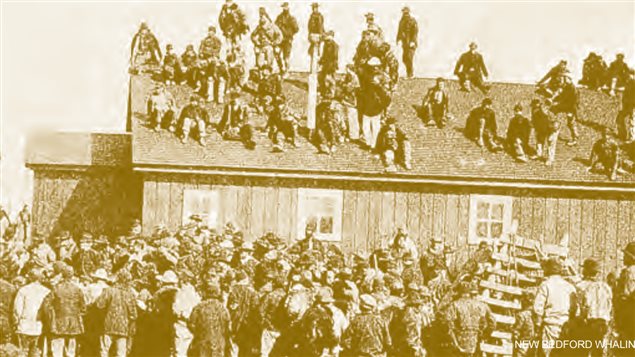
What seems to have caught the government’s attention though is that the whalers were catching whales and other animals in Canadian waters, and trading for Canadian furs and ivory and not paying customs duties and taxes.
These three issues spurred the government to send in the Northwest Mounted Police.
A couple of “fact-finding” patrols to Herschel were sent, but this was deemed insufficient to establish a needed “sovereignty” presence.
Inspector Charles Constantine of the Northwest Mounted Police (NWMP- later RCMP) reported that in 1895-96 twelve whaling ships overwintered at Herschel and that the whisky trade, although diminished, was still going on. In August 1903 he sent Sargeant Franics Fitzgerald and Constable Forbes Constantine up to the windswept island to establish a detachment post, basically originally only two small sod huts, which was ready on November 17, 1903 (or thereabouts) Sgt. Fitzgerald, and Constable Sutherland remained to establish order and a link to the south was establish by a mail run set up in 1904 to. Although supremely outnumbered by American whalers they were nonetheless able to keep things under control and by their authority, establish a sovereignty presence for Canada in the far north and ensure that the Arctic was undisputably Canadian territory.
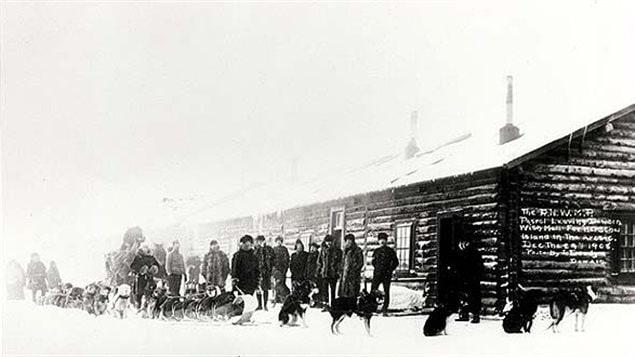
Unfortunately for Sgt. Later Insp. Fitzgerald, he would lose his life in the north in 1911 in what has become a legendary tale of the “lost patrol”
One of the main products of whaling was the bowhead baleen, stiff and flexible used in women’s corsets and things like umbrellas, buggy whips, shoe horns and more. When a substitute was invented, the whaling industry collapsed and whaling fleets disappeared within a few years. The police presence continued until 1933 when the detachment closed and the island patrolled only intermittently. It was later re-opened in 1948 and continued in various ways, partly as a sled-dog breeding station until 1964 when it was closed permanently.
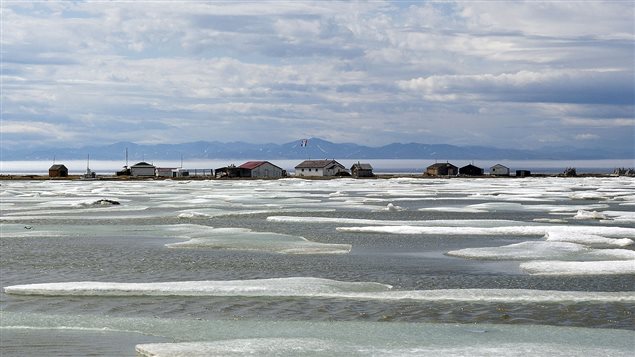
As for Herschel, known locally as Qikiqtaruk (Big Island), it is beginning to suffer from climate change.
The cold dry climate had previously preserved the remaining original wood buildings. Two old warehouses survive, a couple of the whalers cabins, the Anglican church mission and community house , the latter now a park office.
Now a protected Yukon Territory Park, and inhabited seasonally by a few Inuit, the island is low-lying and is threatened by rising sea level, and a warmer, moister climate. The rising sea has caused increased shore erosion which has already claimed a couple of the original buildings and wood rot and fungal growth are increasing.
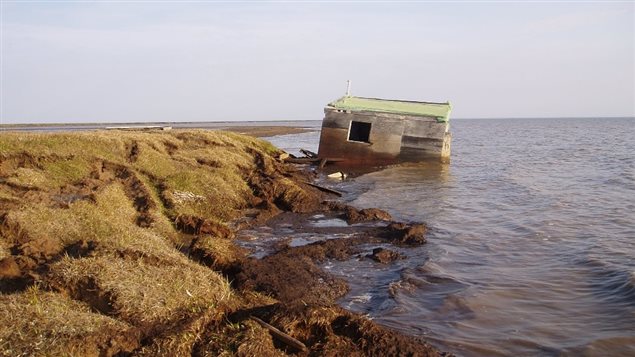
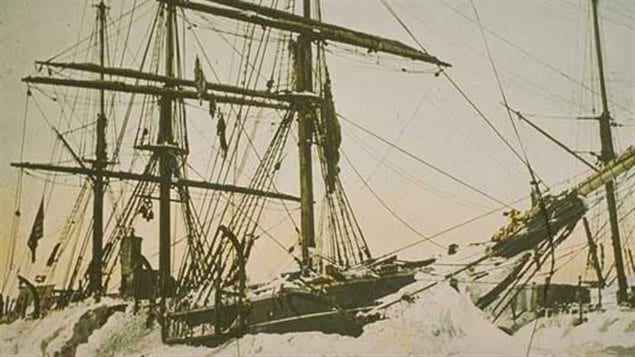






For reasons beyond our control, and for an undetermined period of time, our comment section is now closed. However, our social networks remain open to your contributions.